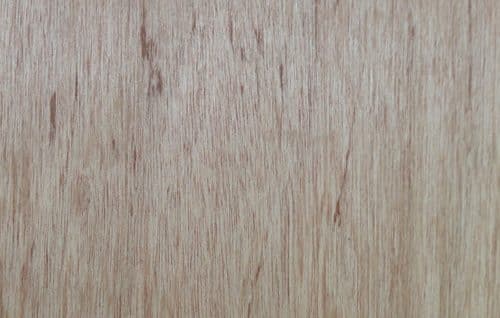
The many layers of Marine Grade Plywood are held together with waterproof adhesive, allowing the wood to withstand direct contact with water. Since it’s the ideal wood for moist or wet conditions, it’s often used to craft boats, boat parts, or outdoor furniture in coastal areas. By properly sealing this type of wood, you can increase its overall lifespan and make it last for years to come.
Materials Needed
Before you get started, gather the following materials:
- Acetone
- Soft cloths or paper towels
- Sandpaper
- Clear, penetrating epoxy
- Foam brush or roller
Step-by-Step Guide to Sealing Marine Grade Plywood
1. Clean the Surface
Dip a paper towel or soft cloth in acetone and wipe down the surface of the wood to remove grease or other stains. Allow the acetone to dry completely for 1-2 hours before you move on to the next step.
2. Sand the Wood
Like other types of wood, you need to sand marine plywood before you seal, stain, or paint it. Go over both sides of the wood, including edges, with 80-grit sandpaper. Wipe away all dust and particles with a soft cloth.
3. Apply the First Coat
Since marine plywood is typically used underwater, you’ll need to treat every surface of the wood with sealant. We prefer clear, penetrating epoxy because it works its way deep into the wood, dries transparent, and requires less maintenance than other types of sealant. You could use marine-grade sealer, but this will require more coats and must be reapplied every 3 to 4 years.
Dip your foam brush or roller into the sealant. Apply it to the wood, starting with the top and side edges and moving to the front face. Allow the epoxy to dry completely before flipping it over and applying it to the bottom edge and back of the wood.
4. Add Additional Coats
Marine plywood is thicker than typical plywood, so you’ll need to apply more coats to maximize its lifespan. A good rule of thumb is to add as many coats of sealant as there are in the plywood. That means if your plywood has 7 layers of wood, you should add 7 layers of sealant. Gently scuff up the wood with sandpaper between each coat for maximum adhesion, and be sure to wipe off any dust before adding the next layer.
Seal Your Marine Plywood Like a Pro!
Properly sealing marine grade plywood is essential to extend its lifespan and ensure it withstands moisture and water exposure. By following these steps, you can effectively protect your marine plywood and keep it in excellent condition for years to come. Not sure which kind of wood to use on your next project? At Forest Plywood, we’ve compared marine plywood cost and characteristics to help you choose the perfect type.



